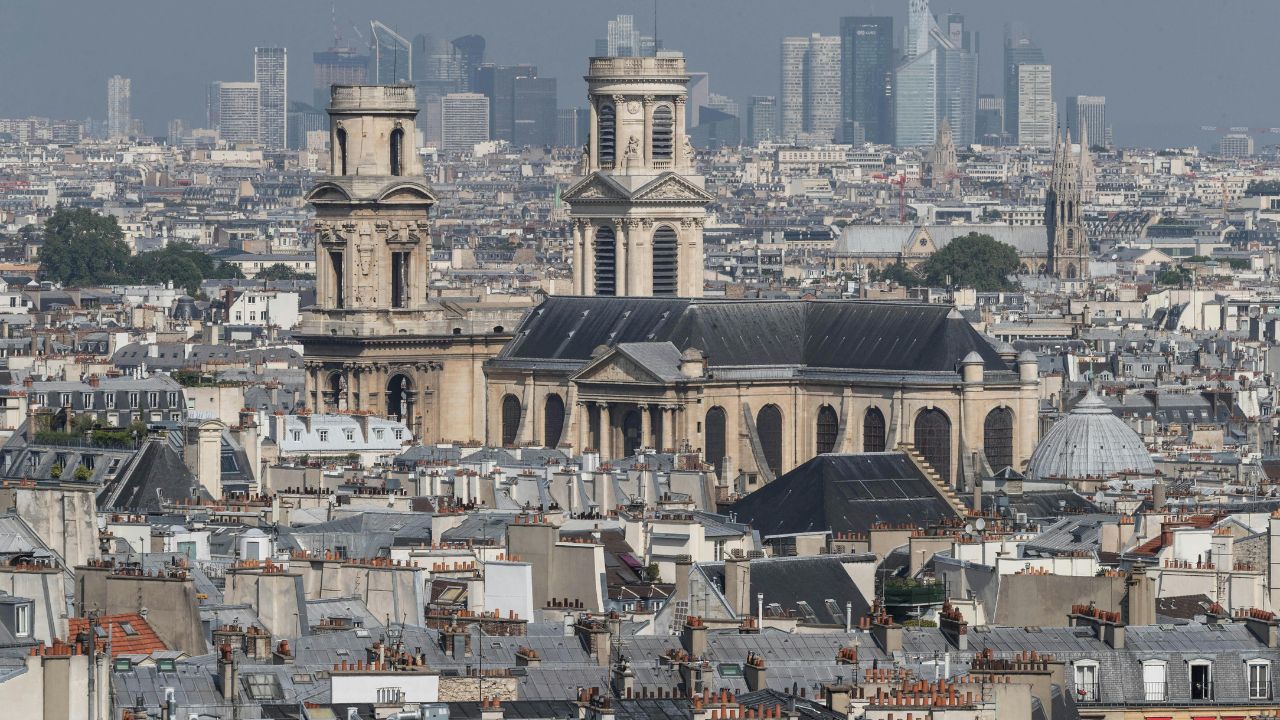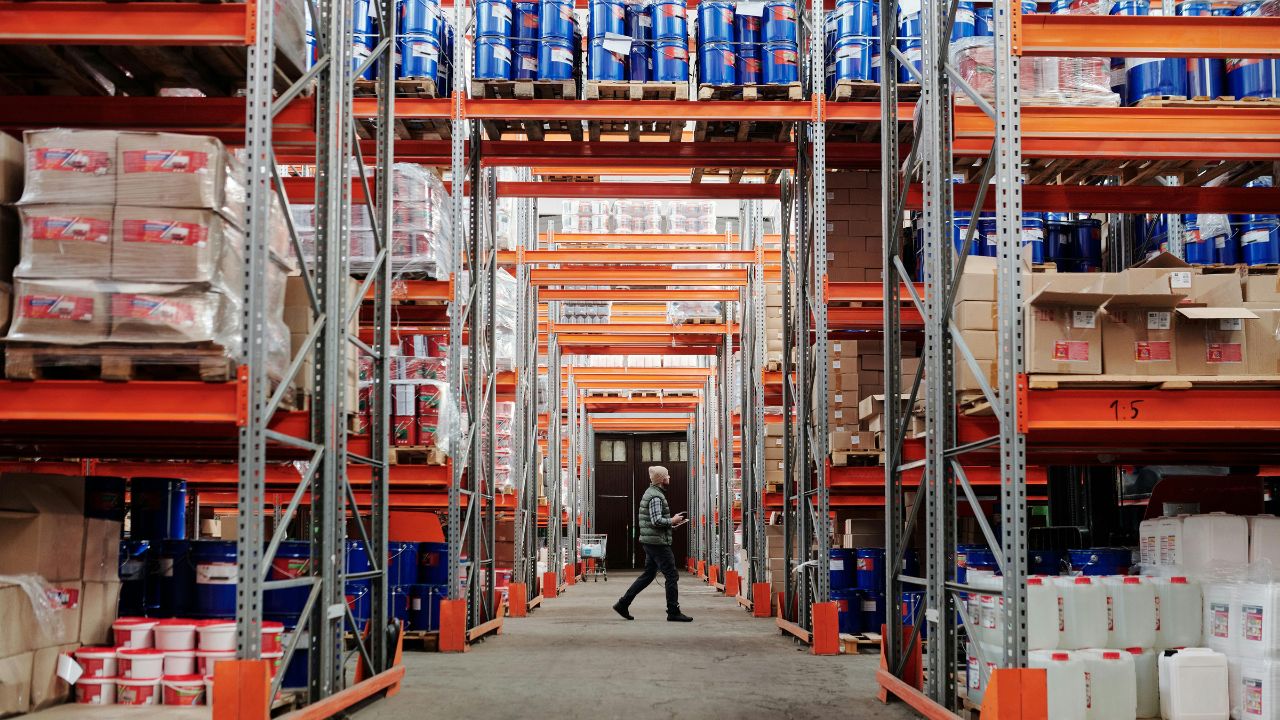Saint-Sulpice in Paris is not only rich in its past glory—it shows Baroque style in harmony with today’s technology. This famous monument which dates back to the 17th century, has skillfully incorporated changes for today without losing its old spirit. This detailed guide uncovers the volet moderne (modern features) of Saint-Sulpice and highlights new knowledge, useful advice and special facts that underline its link between earlier and later times.
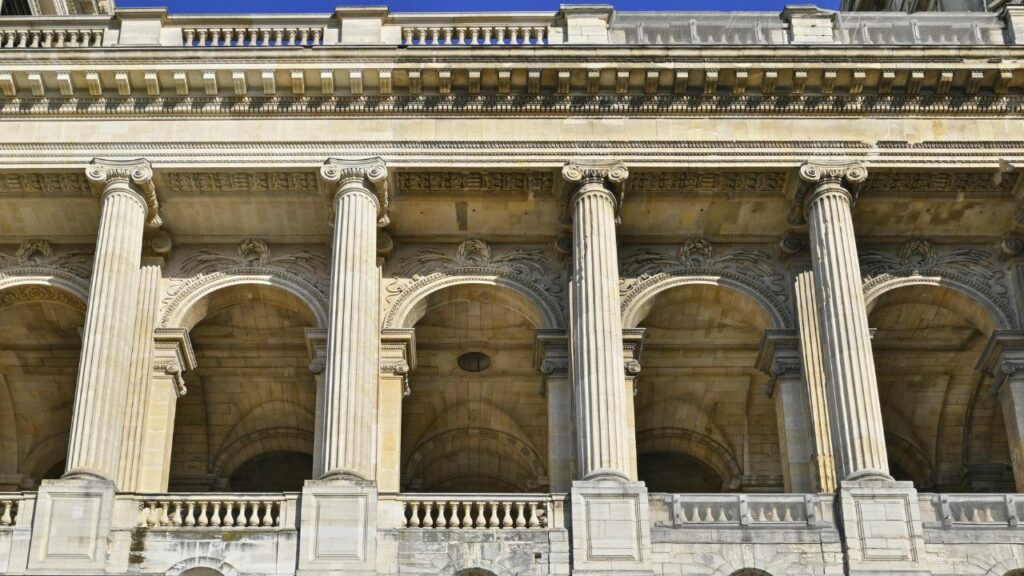
The Da Vinci Code Phenomenon
Dan Brown’s book made Saint-Sulpice famous around the world. Even though the church does not accept its statements as fact, people travel to see the so-called “Rose Line.” There are always groups of visitors gathered at the north-south line, snapping pictures and debating what’s really going on. The unforeseen attention raised tourism and also worked money into restoring important sights, showing that pop culture can be a strong ally for history.
Storytelling for the Modern Age
Saint-Sulpice’s tours combine fact and fiction into fun and educating stories. Tours take you through the roots of the church in the Baroque period and offer tidbits from Dan Brown’s book. Visitors will also see the real “Gnomon” instrument from Brown’s book as mentioned on the tour. These stories are for anyone—from serious history fans to travelers who want to quickly learn and appreciate art and architecture.
Preserving Delacroix’s Masterpieces
Fragile treasures are what the frescoes of Eugène Delacroix are, such as Jacob’s Struggle with the Angel. Conservators like to use 3D laser scanning to make digital copies that match the artwork’s true size and form. They make cracks that cannot be noticed by hand visible and help direct the right restoration work. With virtual access, researchers from all over the world can now take part in protecting art without equal.
Science Safeguards Art
Optimized humidity and temperature has been reached in the interior by installing discreet climate-control systems. Regular sensors guard the surroundings, keeping the carvings, paintings and organ from damage all the time. This approach means that art genetics will let the church’s art be passed on to later generations.
Your Pocket-Sized Historian
We’re far past the days when we needed big guidebooks. QR codes allow visitors to download Saint-Sulpice’s guides which include multilingual sound tours and AR sections. To look at a fresco, point your phone at it and the app will explain its background or highlight its secret meanings. The tool, designed for Gen Z and tech loving audiences, lets users learn in depth without becoming confusing.
LED Lighting: Illuminating Art, Protecting the Planet
With the switch to LED, the church can focus attention on its old ceiling patterns and use far less energy. The use of special LEDs that feel like natural light ensures the beauty of Delacroix’s work while also matching Paris’ goals for protecting the environment. Adding green features shows that saving the planet can happen in ways that help the economy.
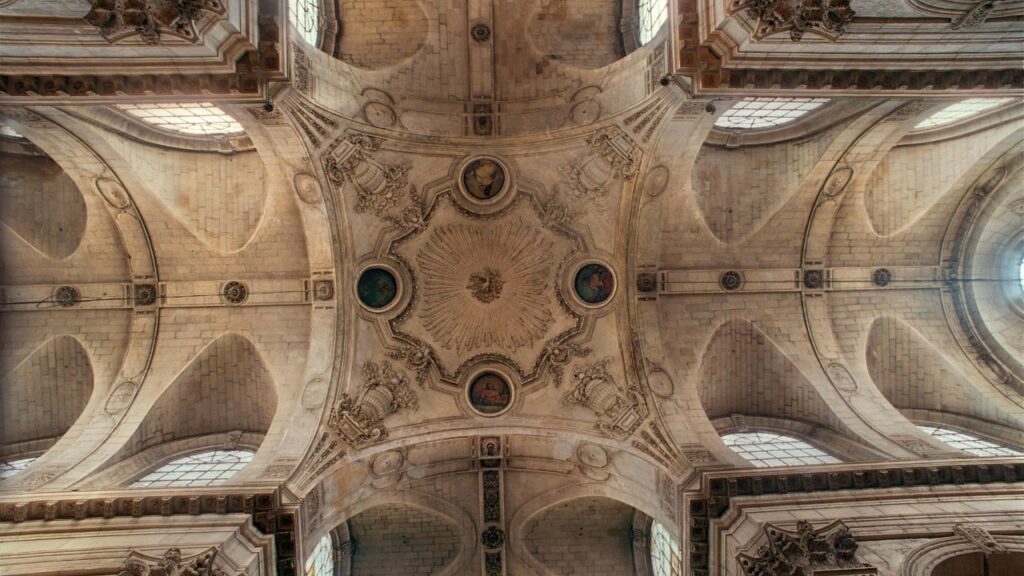
Capture the Perfect Shot
What draws many people on Instagram are the uneven towers of Saint-Sulpice and Fontaine des Quatre Évêques (Fountain of the Four Bishops). If you want great shots of the front of the building, go at the golden hour and see the light and shadows change. Visitors can also sign up for photography classes put on by the church.
Explore Volet Moderne Saint-Sulpice from Home
Can’t get to Paris for the moment? You can use the church’s virtual tours to see everything in full 360-degrees. The launch enables you to explore chapels, enlarge stained glass images and anticipate the Grand Organ from your laptop. Educators from around the world use these tours as a way to introduce and teach art history in class.
Interactive Maps: Plan Like a Pro
Viewers can use filters on Saint-Sulpice’s website to see reactions for art, architecture and events using its interactive map. Press the Delacroix Chapel button and you’ll see trivia, useful visitor advice and crowd estimates. Live information on concerts and exhibitions enables travelers to arrange their own itineraries.
Contemporary Art Exhibits: A Bold Contrast
Last year, digital artist Miguel Chevalier showed a projection-mapped work in Saint-Sulpice and the Chapelle des Anges was transformed into a blaze of color. These exhibitions change the way some view holy spaces and discuss religion’s changing ties with art. The changing design means anyone who comes year after year sees a different view.
Tradition Meets Experimentation
Famous musicians like Widor and Dupré helped own the church’s ward-breaking 6,588-pipe organ and that’s where it performs now. Some of these recent collaborations join ambient electronica makers with jazz, turning religious music into music for today’s audiences. Being able to hear these innovations for free every week keeps them accessible to everyone.
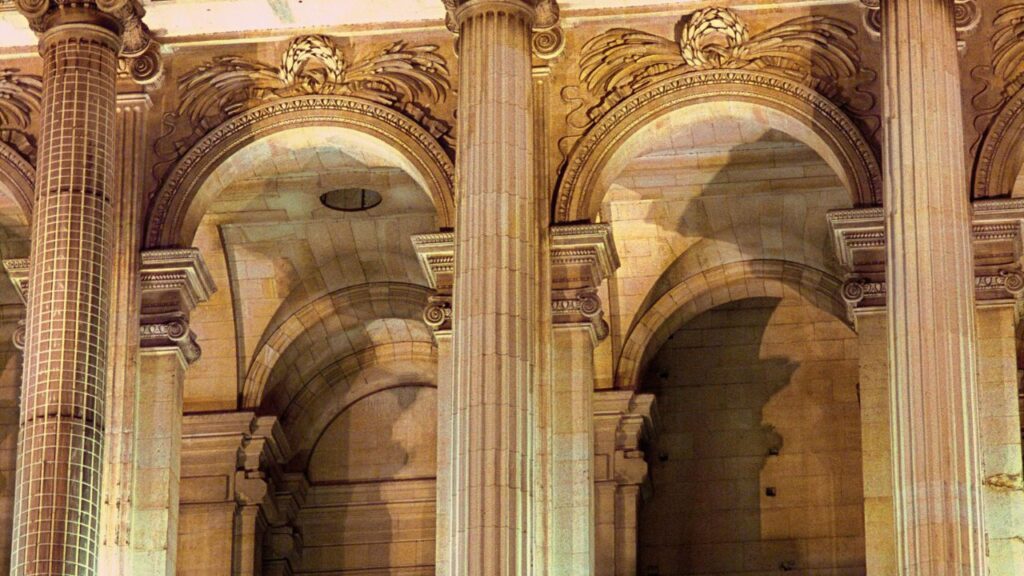
A Model for Historic Sites
Saint-Sulpice’s accessibility efforts set a benchmark for historic landmarks. Features include:
- Tactile models of the church’s layout for visually impaired visitors.
- Sign language tours offered monthly.
- Ramps and elevators were discreetly integrated into the 17th-century design.
These changes reflect a commitment to inclusivity, ensuring everyone can experience its splendor.
Le Café de Saint-Sulpice: Sip and Reflect
Adjacent to the church, the café makes drinks from local coffee and offers baked treats from Maison Pradier. The simple design elements here such as marble and stained glass, are similar to what you’d find in the oldest churches of the city. Travelers can use the tables for reflection or writing and get a free booklet about the church’s history at each one.
Community Programs: Beyond the Pews
Saint-Sulpice doubles as a cultural hub with:
- Art History Lectures: Monthly talks by Sorbonne professors.
- Youth Workshops: Hands-on sessions where kids create Baroque-inspired art.
- Climate Debates: Aligning with Pope Francis’ Laudato Si’, these forums discuss sustainability in heritage sites.
Christmas Under a Digital Sky
During Advent, the church’s vaults are bathed in projections of swirling constellations, blending astronomy with theology. The annual Christmas market outside features eco-conscious vendors, tying medieval traditions to modern ethical consumerism.
What’s Next for Volet Moderne Saint-Sulpice?
- Augmented Reality Trail: A proposed AR app will overlay historical figures (like Delacroix) “guiding” visitors through the church.
- Solar-Powered Stewardship: Plans to install solar panels on non-visible roof sections aim to achieve energy neutrality by 2030.
- Expanded Archives: Digitizing centuries-old manuscripts for online access, opening the church’s history to global scholars.
Balancing Innovation and Integrity
Not all modern proposals gain approval. A 2022 plan to add a glass elevator to the tower faced backlash from preservationists. The compromise? A retractable lift hidden behind original stonework. Such debates highlight the delicate dance between progress and preservation.
Visitor Tips: Maximize Your Experience
- Best Time to Visit: Weekday mornings avoid crowds; evenings offer serene lighting.
- Free Concerts: You can usually find organ recitals on the website and admission is free and open for all.
- Local Combo: Team your trip to the Orsay with the Luxembourg Gardens or Picasso Museum to make a full art and history day.
Modern Innovation vs. Traditional Counterpart
| Feature | Modern Innovation | Traditional Counterpart |
| Visitor Engagement | Smartphone AR guides & QR-code access | Printed guidebooks & fixed signage |
| Preservation Technology | 3D-laser scanning for fresco health monitoring | Manual visual inspections & paper archives |
| Climate Control | Automated humidity & temperature sensors | Natural ventilation & passive insulation |
| Lighting | Daylight-mimicking LED fixtures (60% energy savings) | Incandescent/halogen lights with higher power draw |
| Accessibility | Tactile models, hidden ramps & sign-language tours | Limited wheelchair access & no multisensory features |
| Cultural Programming | Digital art installations, virtual tours & themed pop-up exhibits | Solely historical tours & permanent liturgical events |
| Event Booking | Real-time online reservations & crowd-level updates via interactive map | Walk-in only, no advance scheduling data |
| Sustainability | Plans for rooftop solar panels, eco-conscious Christmas market | Non renewable energy integration; traditional markets |
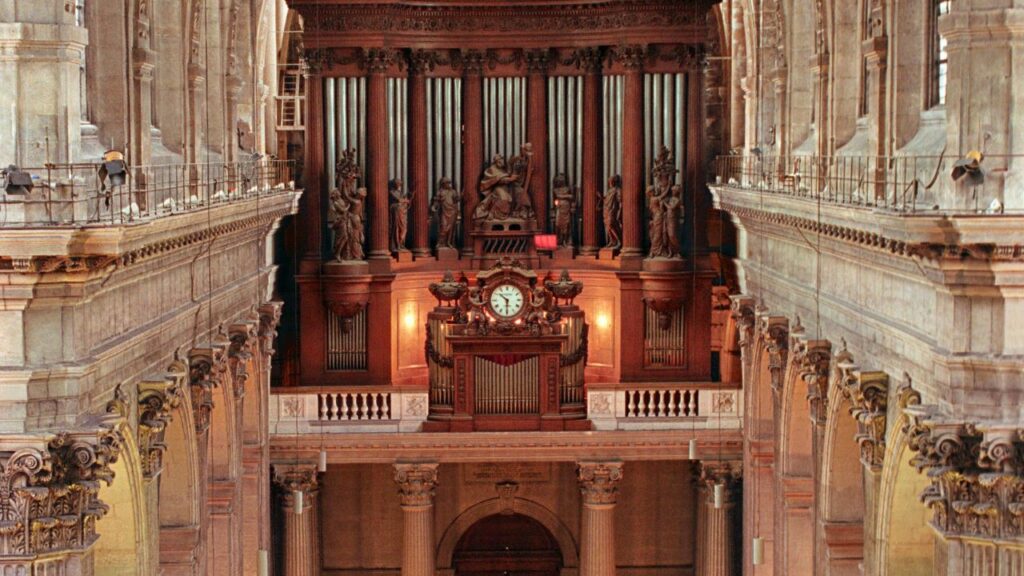
A Blueprint for Timeless Relevance
The modern portion of Volet Moderne Saint-Sulpice isn’t only focused on novelties and modern fashions; it’s about a philosophy. Because it uses modern technology, welcomes everyone and appreciates contemporary art, the church stays involved in the life of Parisians. Whatever you do in Saint-Sulpice, including cracking Da Vinci Code secrets, studying Delacroix or having a drink in its café, history here becomes very much alive in the now.
Plan Your Visit:
- Official Website: For virtual tours, event tickets, and accessibility resources.
- Guided Tour Bookings: Opt for the “Modern & Medieval” themed tour.
- Local Insight: Ask staff about hidden details, like the unfinished tower’s backstory.
FAQs
1. What is the best time to visit Saint-Sulpice?
If you decide to come in early, it’s likely you’ll find peace and bright sunshine. For a calm experience, try coming when it’s quiet during the evening.
2. Are there any guided tours available?
You can also book tours called “Modern & Medieval” that look at history as well as modern features.
3. Can I take photos inside the church?
Sure, photography is allowed, with the main exceptions being around the Rose Line and Delacroix’s frescoes.
4. Is Saint-Sulpice accessible for people with disabilities?
Absolutely! The church has added ramps, models you can touch and sign language guides to ensure all can access the space.
5. Are there any events or concerts held at Saint-Sulpice?
There are free organ concerts put on by the church, as well as cultural events—the latest plans are available on their website.
